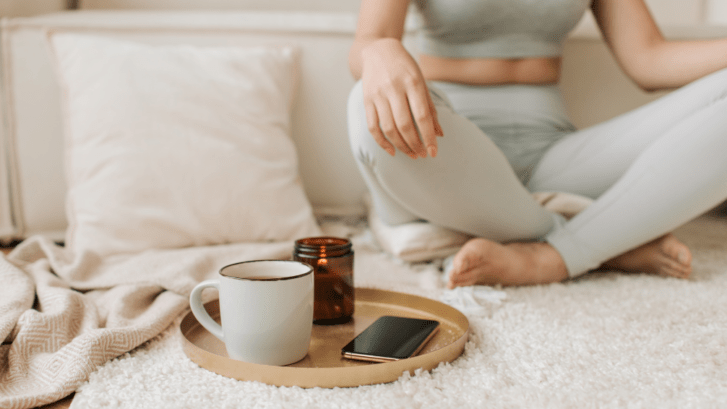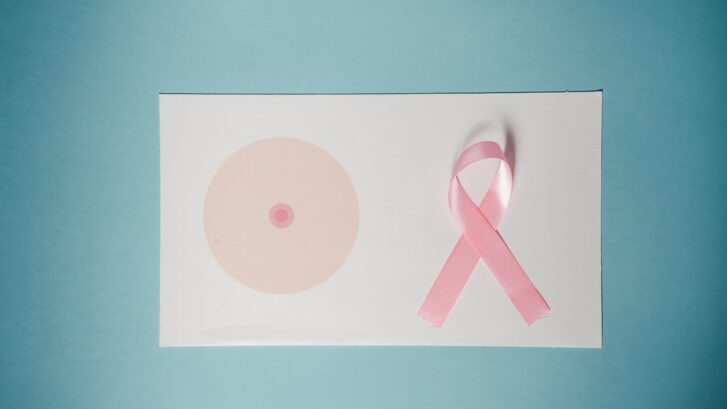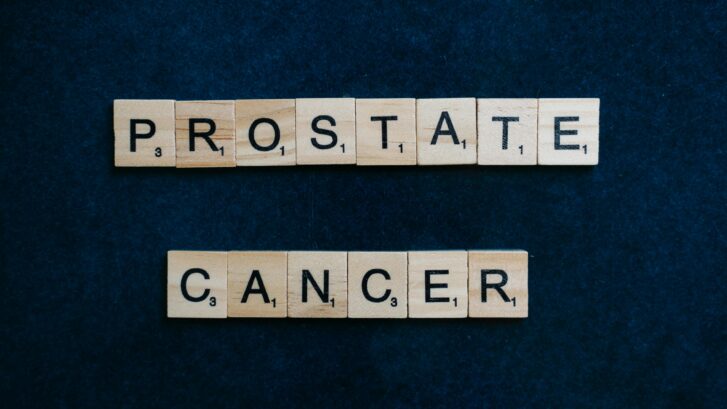Discovering Synthetic-Free Solutions: A Healthier Approach to Candles
At our primary care practice, we are dedicated to treating illnesses and helping you make lifestyle choices that promote overall well-being. One such choice involves the products we use in our homes daily. Recently, the story of Jordan Reddington and her journey to create synthetic-free candles caught our attention, and we wanted to share her inspiring story with you.
The Allergy That Sparked a Healthier Candle
Like many of us, Jordan Reddington loves the comforting aroma of candles after a long day. However, she discovered that her favorite candles were causing her health issues. Frequent headaches, dizziness, and a general sense of unease led her to investigate further. It turned out she had an allergy to methylisothiazolinone (MI), a synthetic preservative commonly found in many candles and home fragrance products.
Dr. Richard Lockey, a renowned allergist from USF, explains, “Allergic individuals are significantly more susceptible to irritants in the air, such as synthetic chemicals found in many household products.” This means that for those with allergies or sensitivities, like Jordan, traditional candles can pose a serious health risk.
Understanding the Risks of Synthetic Fragrances
A USF Professor of Medicine, Dr. Gaetane Michaud notes that “headaches and other symptoms can increase in certain individuals due to synthetic fragrances.” This aligns with Jordan’s experiences and highlights a growing awareness of the potential harm caused by synthetic chemicals in our everyday environment.
Jordan’s journey didn’t stop at identifying the problem. She embarked on a mission to create a safer alternative for herself and others who might be facing similar issues. Through extensive research, she learned that many commercial candles contain paraffin wax and other harmful chemicals, which, when burned, release toxins into the air.
Creating a Safer Home Environment
Determined to make a change, Jordan launched Canarie, a line of synthetic-free candles. She carefully selected ingredients that are both eco-friendly and health-conscious, using 100% soy wax, eco cotton wicks, and phthalate-free fragrance oils. These choices ensure that her candles are free from carcinogens and respiratory irritants, providing a safer option for those sensitive to synthetic fragrances.
Dr. Lockey advises, “Look for candles made with clean ingredients like soy-based wax and avoid those with chemicals that could cause discomfort.” This simple yet effective change can significantly improve indoor air quality and reduce health risks.
Making Informed Choices
As your primary care providers, we encourage you to consider the products you bring into your home. Opting for synthetic-free candles, like those from Canarie, is a small but impactful step toward a healthier lifestyle. Pay attention to product labels and choose items that promote well-being rather than compromise it.
Jordan’s story is a reminder of the power we have to make positive changes in our lives. By choosing products that align with our health needs, we can create a more harmonious and safe living environment.
For more tips on maintaining a healthy home or if you have any concerns about allergies and sensitivities, don’t hesitate to reach out to us. We are here to support your journey to better health.










